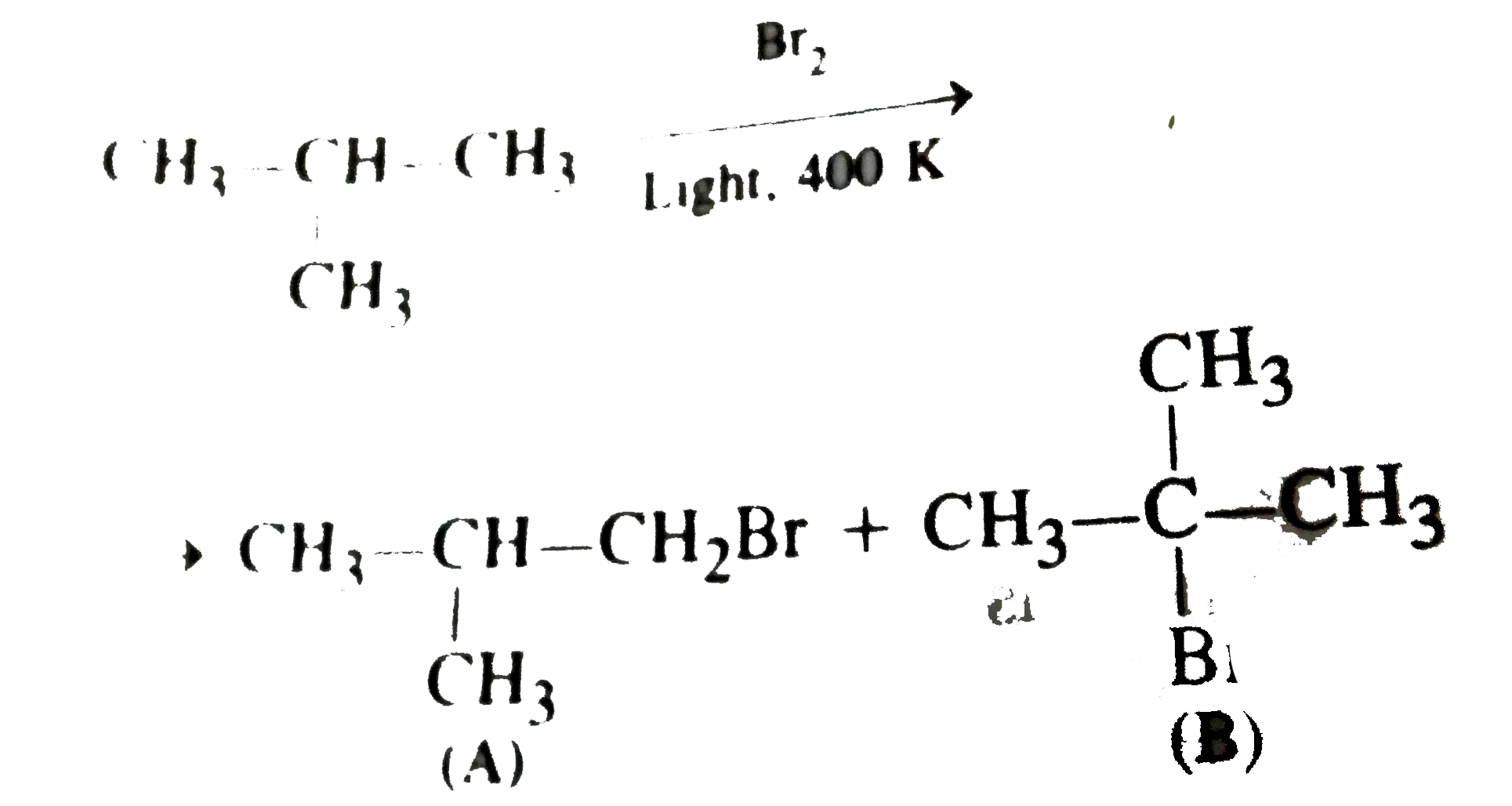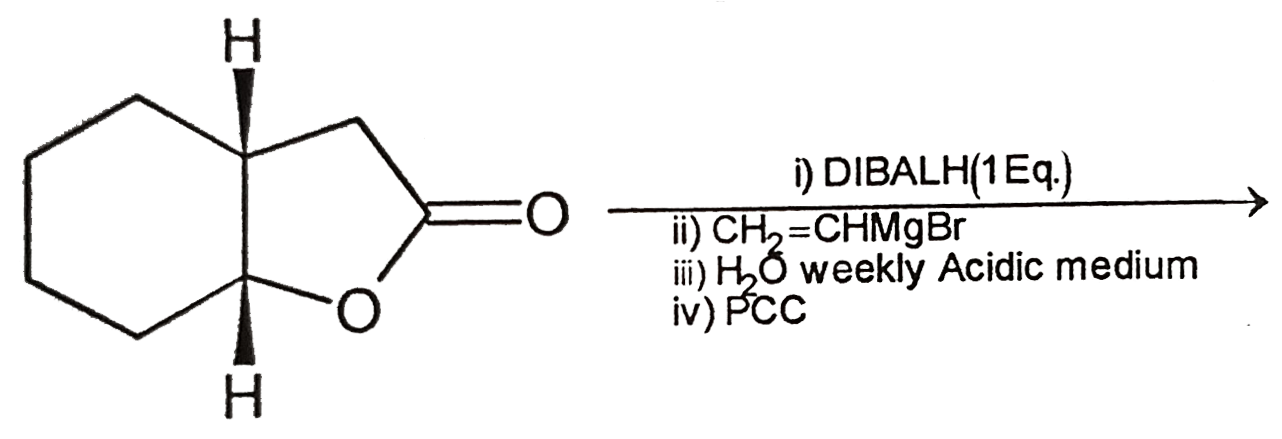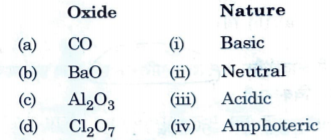Which of the following is corred ?
All the actinides resemble the lanthanoids quite closely
Actinides do not exhibit similarity with lanthanides
The second half of the actinides resembles the lanthanides quite closely
The first half of the actinides resembles the lanthanides
The correct Answer is:C
To solve the question "Which of the following is correct?" regarding the similarities between actinoids and lanthanoids, we can follow these steps:
1. Understand the Series:
- Actinoids (elements 89 to 103) and lanthanoids (elements 57 to 71) are two series of f-block elements in the periodic table.
2. Identify Similarities:
- Both series have similar properties due to their f-orbitals being filled. However, it is important to note that not all actinoids resemble lanthanoids equally.
3. Examine the Options:
- Option A: "All the actinoids resemble the lanthanoids."
- This is incorrect because only the second half of the actinoids closely resembles the lanthanoids.
- Option B: "Actinoids do not exhibit similarity."
- This is also incorrect as there is some similarity, particularly in the second half of the actinoids.
- Option C: "Second half of the actinoids resemble the lanthanoids."
- This is correct as the second half of the actinoids shows closer resemblance to the lanthanoids, particularly in their common oxidation state of +3.
- Option D: "First half of the actinoids resemble the lanthanoids."
- This is incorrect as the first half does not show significant resemblance.
4. Conclusion:
- After analyzing all the options, we find that Option C is the correct answer: "Second half of the actinoids resemble the lanthanoids."
Final Answer:
Option C: Second half of the actinoids resemble the lanthanoids.
---
- Actinoids (elements 89 to 103) and lanthanoids (elements 57 to 71) are two series of f-block elements in the periodic table.
- Both series have similar properties due to their f-orbitals being filled. However, it is important to note that not all actinoids resemble lanthanoids equally.
- Option A: "All the actinoids resemble the lanthanoids."
- This is incorrect because only the second half of the actinoids closely resembles the lanthanoids.
- Option B: "Actinoids do not exhibit similarity."
- This is also incorrect as there is some similarity, particularly in the second half of the actinoids.
- Option C: "Second half of the actinoids resemble the lanthanoids."
- This is correct as the second half of the actinoids shows closer resemblance to the lanthanoids, particularly in their common oxidation state of +3.
- Option D: "First half of the actinoids resemble the lanthanoids."
- This is incorrect as the first half does not show significant resemblance.
- After analyzing all the options, we find that Option C is the correct answer: "Second half of the actinoids resemble the lanthanoids."
Option C: Second half of the actinoids resemble the lanthanoids.
Topper's Solved these Questions
- BOOK - R SHARMACHAPTER - THE D AND F BLOCK ELEMENTSEXERCISE - Question Bank (Building the Knowledge)62videos
THE D AND F BLOCK ELEMENTS
- BOOK - R SHARMACHAPTER - THE D AND F BLOCK ELEMENTSEXERCISE - Archives54videos
THE D AND F BLOCK ELEMENTS
- BOOK - R SHARMACHAPTER - THE D AND F BLOCK ELEMENTSEXERCISE - Follow-up Test 59videos
THE D AND F BLOCK ELEMENTS
- BOOK - R SHARMACHAPTER - SURFACE CHEMISTRYEXERCISE - Archives18videos
SURFACE CHEMISTRY
- BOOK - R SHARMACHAPTER - THE P BLOCK ELEMENTSEXERCISE - Archieves62videos
THE P BLOCK ELEMENTS
Similar Questions
Knowledge Check
- Question 1 - Select One
Which of the following is correct about the following?
AThe sepoys were told to go to Burma, but refused to follow the orderBThe sepoys were severely punished In 1856 and the company passed a new law regarding thisCThe peasants and zamindars resented the high taxes and the rigid methods of revenue collectionDAll of the above - Question 2 - Select One
Which of the following is the correct order of stability of the following compounds ?
 A(I)>(II)>(III)B(III)>(II)>(I)C(II)>(I)>(III)D(I)>(III)>(II)
A(I)>(II)>(III)B(III)>(II)>(I)C(II)>(I)>(III)D(I)>(III)>(II) - Question 3 - Select One
Consider the following reaction

Which of the following is true?ACompound A is formed in much larger equal amountsBCompound A is formed in much larger equal proportionsCCompound B is formed in much larger equal amountsDRelative amount of the two cannot be predicted
Match the following:

Which of the following is the best matched options?View Solutionwhich of the following is the correct sequence of units os genetics arranged in desending order corred of size?
View Solutionwhich of the following is not ?
View SolutionWhich of the following is/are not the products in the following reaction?
 View Solution
View SolutionWhich of the following is not a product of the following reaction
 View Solution
View Solution



